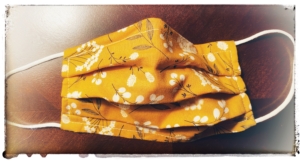The Seat of Our Democracy
Washington D.C. has a special place in my heart. I have visited this city 4 times in my life. The first was in 1992. I was 11. My grandpa paid for my plane ticket and I accompanied my mom on a business trip. He thought it was important for me to see the nation’s capitol. We visited the Smithsonian, the National Zoo, walked the mall, and rode the Metro. I love the DC Metro. The smell of the underground stations hasn’t changed since I first inhaled it nearly 30 years ago. Underground must, stone, urban vibe, with long notes of history.
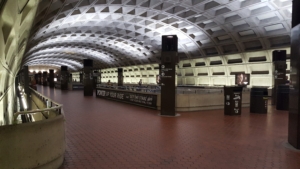
Photo of a DC Metro Station in 2017.
I can feel that history when I walk the town. Retracing Lincoln’s steps from 1600 Pennsylvania Avenue to Capitol Hill. Running my fingers through the carved stone that lists those who died in the Vietnam war. Enjoying a drink at the Hawk and Dove where Bobby Kennedy supposedly decided to run for president (according to my mom’s friend Phil. I have found no documentation for this, but it’s a good story.) Watching July 4th fireworks from a grassy area near the Capitol Building and picturing the bombs and rocket’s red glare that the song describes.
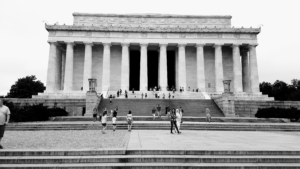
The Lincoln Memorial in 2017.
I have stood in statuary hall and in the galleries of the house and senate. I met Senator Claire McCaskill of Missouri in the cafeteria of one of the Senate buildings (I can’t remember which one), had a photo taken with Senator Al Franken of Minnesota when I was in DC for AAUW Lobby Day, and met Representative Ike Skelton of Missouri when I was 17. He was my US House Representative then and took the time to step out of a committee meeting to speak with me and other youth who were visiting from his district. Kit Bond and John Ashcroft sent their college interns to talk to us, not having time to get to know people who weren’t old enough to vote for them. The energy of the Capitol Building and all the office buildings around it is intoxicating and magical and I was lucky enough to experience it.
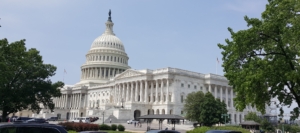
The United States Capitol Building in 2017.
When I was in DC for the 4th of July in 2009, I was shocked to see how different the city was after 9-11. It was harder to tour the White House, Capitol Building, and Library of Congress. There was more security everywhere, and not just because of the upcoming holiday. It was obvious that most of the new fencing and other security measures had been in place for more than just a week or two. It was shocking to see a city at the center of our democracy so closed up.
This city is the seat of US history and democracy for me. The place that holds the rooms where it all happens in our democracy. The center of our work towards forming a more perfect union. When the Capitol Building was stormed on January 6, I was angry at the desecration. This anger gave way to deep sadness as I realized yet another level of openness would be lost from the insurrection. That while our democracy is still standing and the flag is still there, some of our innocence was also lost. That we are a divided, not United States of America.
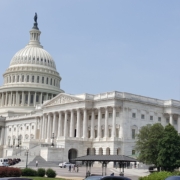 © Catherine Haslag
© Catherine Haslag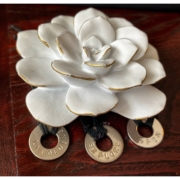 © Catherine Haslag
© Catherine Haslag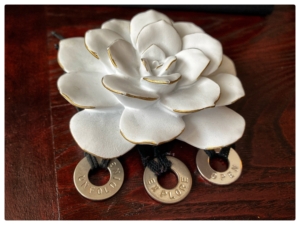
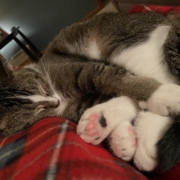 © Catherine Haslag
© Catherine Haslag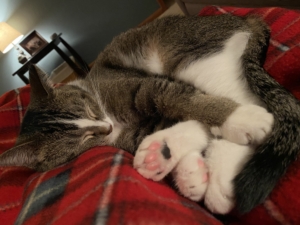
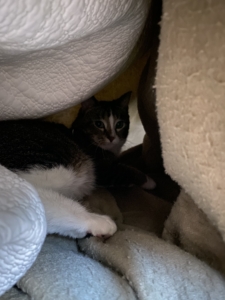
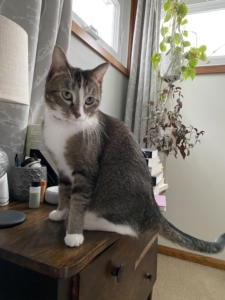 It took some time, but she started to venture out. She didn’t run when I walked past her or bent to scratch behind her ears. She snuggled at my feet in the evening when I read and slept between my legs at night. She found the squirrels that live in the tree on my patio and tracked the birds that perch in the front bush. She climbed to the top of her cat tree and watched the cars pass on the street. She made this her home and picked me as her human. She became a different feline. My boyfriend was amazed at the change in Piney and decided she had picked her forever home. She stayed with me.
It took some time, but she started to venture out. She didn’t run when I walked past her or bent to scratch behind her ears. She snuggled at my feet in the evening when I read and slept between my legs at night. She found the squirrels that live in the tree on my patio and tracked the birds that perch in the front bush. She climbed to the top of her cat tree and watched the cars pass on the street. She made this her home and picked me as her human. She became a different feline. My boyfriend was amazed at the change in Piney and decided she had picked her forever home. She stayed with me.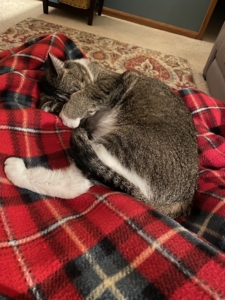
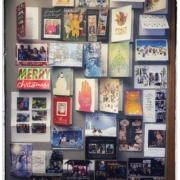 © Catherine Haslag
© Catherine Haslag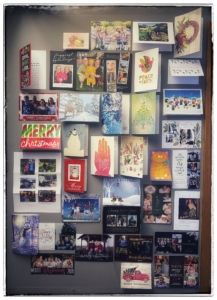
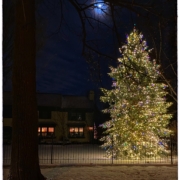 © Catherine Haslag
© Catherine Haslag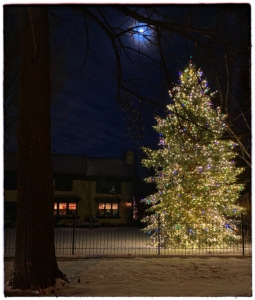
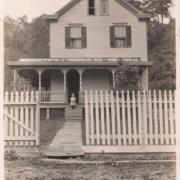
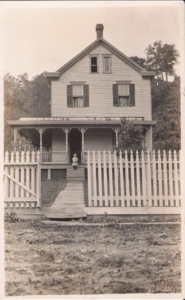
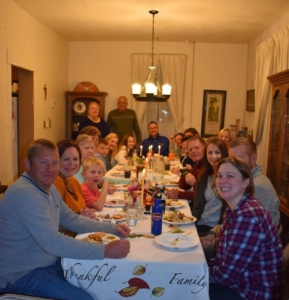
 © Catherine Haslag
© Catherine Haslag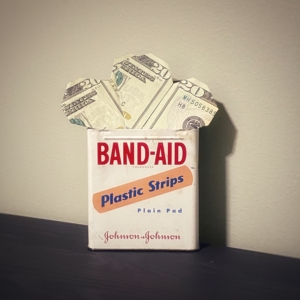
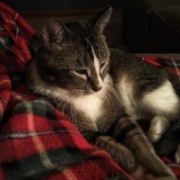 © Catherine Haslag
© Catherine Haslag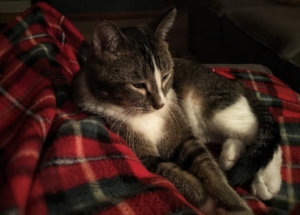
 © Catherine Haslag
© Catherine Haslag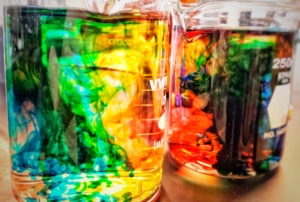
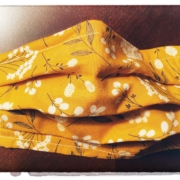 © Catherine Haslag
© Catherine Haslag